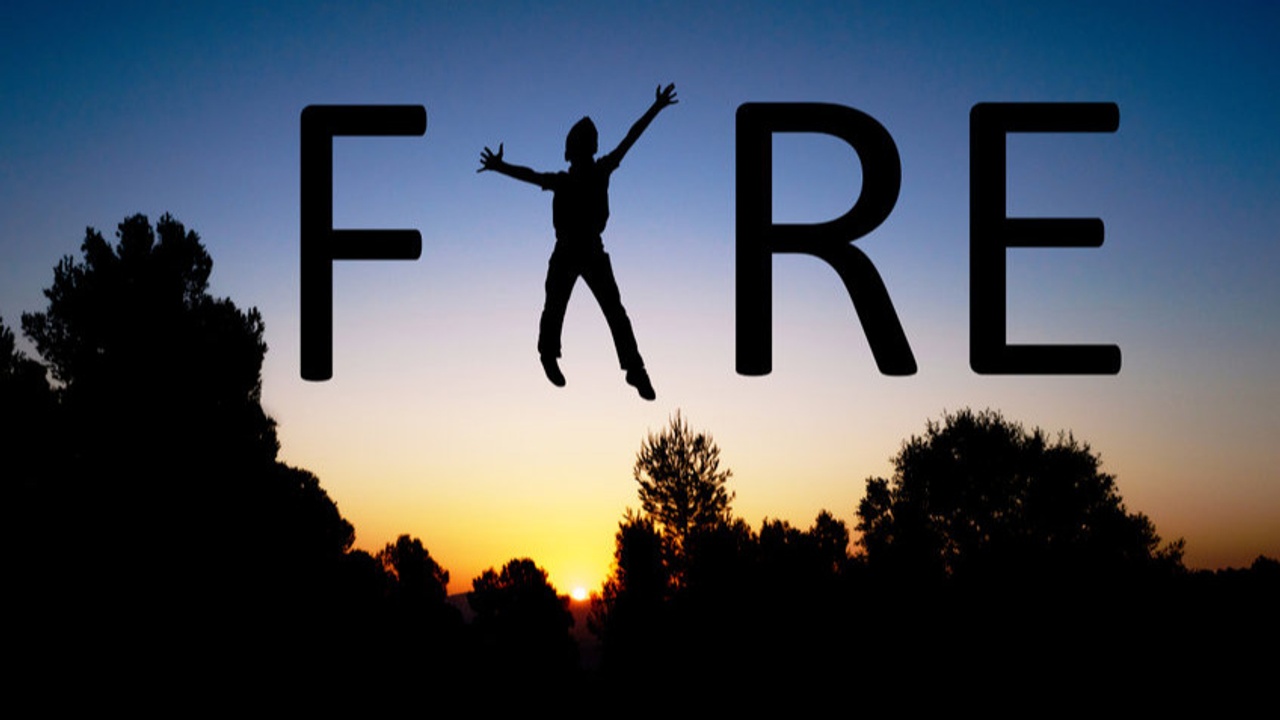FIRE over 50: Part I
May 16, 2022
FIRE over 50: Part I
The Financial Independence Retire Early (FIRE) movement gained steam during the pandemic. A booming stock market and soaring real estate values bolstered the net worth of many individuals and couples. Moreover, a more flexible working environment and the quick shift to an online-only world allowed many people to develop side gigs and to ditch their 9-5.
I am rather active in the FIRE movement. In fact, I recently started a podcast called “Leibel on FIRE”. If you are under the age of 40, I think the FIRE movement is a boom! For those of us who have silver in our hair, the traditional FIRE methods don’t quite work, which is why I started my podcast and blog.
But what really is “FIRE”?
It’s a squishy term, but in general, the tenets of the movement are the following: Save as much as possible, invest for the long term, in low-cost funds, and achieve a “work optional” state.
The goal is to simply live off the income (or gains) of your investments.
Recently, however, experts have chimed in saying that the “4% rule” is not a bulletproof figure. It’s more like a rule of thumb that worked well when bond yields were much higher in the 1990s and even the 2000s. Pundits are on all sides of this issue, with some saying you can take more, others take less.
But let’s take a step back for context and perspective.
In A Simple Path to Wealth, How to Retire Like A Millionaire, and ChooseFI, the authors outline a simple and clear path to achieve financial independence and true wealth.
I assert that for many folks seeking to embark down the FIRE path, if you have 20 or 30 years until traditional retirement age, the proscriptions given in the books—namely to save as much as you can, accumulate 25x your annual spending in a tax-efficient manner, and have a five-year cash cushion—are ideal. In general, FIRE provides a good approach to handling many challenges a young, healthy, EARLY retiree might face.
What about for the older crowd?
That’s where I see the bigger challenge. For those 50 and up who now find the FIRE movement, the reality of retirement being front-and-center can feel daunting. Many of them turn to FIRE. Unfortunately, they are ill-equipped to save as much as younger people.
And the FIRE movement, which has not experienced a true bear market or recession, or old age, advocates its members “re-enter” the workforce during down years, or cut back on spending. Neither are particularly appealing, or even possible for some of us, as we grow older.
Additionally, sequence of returns risk is another major issue for early retirees.
Sequence of returns risk happens when a retiree is forced to withdraw money from their portfolio during market lows, in the early years of retirement, or just prior to retirement. During these early years, even moderate market drops, when combined with withdrawals, can cause unrecoverable losses to one’s retirement portfolio.
Another tenant of the FIRE movement, which is the unbridled advocacy of AFTER-TAX savings, might not be the best advice for someone nearing retirement.
But even if the FIRE movement had all the answers (which it does not, by the way), the real issue people struggle with is market volatility. I find that few members of the FIRE community strictly follow the precepts of “buy & hold until death do us part.” When volatility strikes and putting food on the table is threatened, many struggle to hold firm, which threatens the entire deck of cards.
At Yields4U, our mission is to help one million people retire with financial security. We firmly believe that everyone can live the life of their dreams – its just a matter of figuring out how to properly use the resources we already have.
And while, living blow our means, or savings insane amounts of money may sound appealing, it is often untenable for those of us older folks, especially in retirement, when we often don’t control the bulk of our expenses.
Tune in next week, as we go through FIRE Part II, where we talk about how to actually implement FIRE when you are over 50!
Don’t forget to subscribe to our podcast “Leibel on FIRE” for more advice on Firing after 50!
And check out our free guides:
- How to Survive and Thrive in a Down-market
- The Simple Process for Achieving Financial Freedom
- 5-Questions to Answer Before you Retire
You may also want to check out my book on Financial Independence and Retirement, Living with Financial Anxiety.
Have Questions? Get the answers you need.

